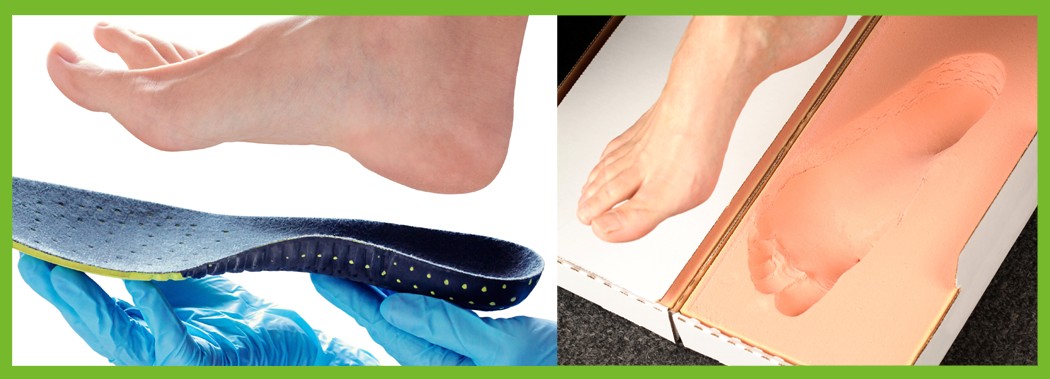Q: I'm recently retired and looking to take up a new sport -- possibly golf. I'm looking for any suggestions you might have for an "older adult" (I'm 72-years-old) that might help me stay fit without injuring myself while learning a "new game."
A: One-fourth of the 26 million golfers in the United States is over the age of 65: welcome to the ranks! Experts agree that avoiding injury among golfers begins "before the golfer ever sets foot on the course." Prevention education is the most important way to prevent injuries from ever occurring in the first place.
Golf-specific movement screening, performance training, and early rehabilitation for golf-related injuries are extremely important to aid in injury prevention, quick recovery after an injury, and prevent further injury or injury recurrence.
Lumbar (low back) pain is the most common symptom in golfers who stick with the sport over a long period of time. The repetitive motion, rotation, and strain from the golf swing create pressure on the discs of the spine. The increased load and force on the spine are intense enough to damage muscles, joints, discs, and even the ribs. More than one-third (34.5 per cent) of all injuries among golfers results in low back pain.
And in the older adult, the effects of aging decrease spine motion and the ability to handle forces placed on the spine during the golf swing. What can be done to prevent these common low back conditions in golfers? Here are a few suggestions:
Golfers with low back pain should be encouraged to seek help early on rather than wait and see if it goes away. Correction of swing faults, muscle imbalances, or other improper golf techniques can aid in prevention of worsening symptoms or repeated injury.
Breath control during swinging or putting is recognized as an important part of injury prevention in this sport.
Proper clubs fit to body specifications is a must for each individual player.
Simple things can make a difference: push the golf cart rather than pulling it, use a golf bag with dual straps rather than a single strap, and maintain proper body weight for size (being overweight is a risk factor for low back injury).
You may want to see a sports physiotherapist for some help early on in your new golf "career". The physiotherapist can assess your range-of-motion, postural alignment, movement patterns, and golf swing mechanics that need correction. Core stability training is an important part of a training or exercise program for golfers at any level (amateur to professional).
According to one physiotherapist who treats golf injuries, avoiding injury among golfers begins "before the golfer ever sets foot on the course." Prevention education is the most important way to prevent injuries from ever occurring in the first place. You are very wise to seek counsel and advise right from the start!
Reference: Christopher Finn, MSPT, CSCS, TPI CGMP. Rehabilitation of Low Back Pain in Golfers: From Diagnosis to Return to Sport. In Sports Health. July/August 2013. Vol. 5. No. 4. Pp. 313-319.
Kitchener Physiotherapy & Wellness provides services for physiotherapy in Kitchener.








